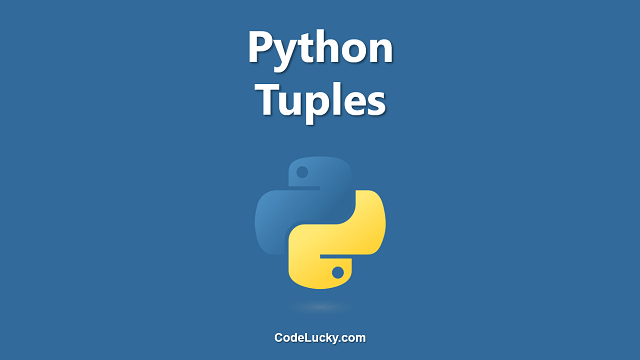The bytes() function in Python is used to create a bytes object, which is an immutable sequence of integers in the range 0 to 255. It is a built-in function that creates an instance of the bytes class, which is similar to a string but holds binary data instead of Unicode text.
Syntax
bytes(source, encoding, errors)
source – a string, a bytes-like object, an iterable producing bytes, or an integer representing the number of elements.
encoding – encoding of the input string.
errors – specifies how to handle decoding errors.
Return value
The bytes() function returns a bytes object which is a sequence of integers in the range 0 to 255. If the source is an integer, the function returns a bytes object of that length initialized with null values.
Examples
Example 1: Creating a bytes object from a string
string = "Hello, World!" b = bytes(string, encoding = "utf-8") print(b)
Output: b'Hello, World!'
Example 2: Creating a bytes object from a list of integers
numbers = [72, 101, 108, 108, 111, 44, 32, 87, 111, 114, 108, 100, 33] b = bytes(numbers) print(b)
Output: b'Hello, World!'
Example 3: Creating a bytes object of a specific length
b = bytes(10) print(b)
Output: b'\x00\x00\x00\x00\x00\x00\x00\x00\x00\x00'
Use Cases
The bytes() function is widely used in various applications that deal with binary data. Here are some of the most common use cases:
- File I/O: When reading or writing binary data to a file, the data is often stored in a bytes object. The
bytes()function can be used to create a bytes object from the data that needs to be written to a file. - Network communication: In network communication, binary data is often sent between computers. The
bytes()function can be used to create a bytes object that represents the data that needs to be sent over the network. - Cryptography: Cryptographic algorithms often work with binary data. The
bytes()function can be used to create a bytes object that represents the data that needs to be encrypted or decrypted.
In general, the bytes() function is useful in any scenario where binary data needs to be manipulated or processed in some way. It provides a convenient way to represent binary data in a Python program and make it easier to work with.
In conclusion, the bytes() function is a powerful tool to create a bytes object in Python. It can be used to convert a string or a list of integers into binary data. The function also allows you to create a bytes object of a specific length, which can be useful in various applications that deal with binary data.







